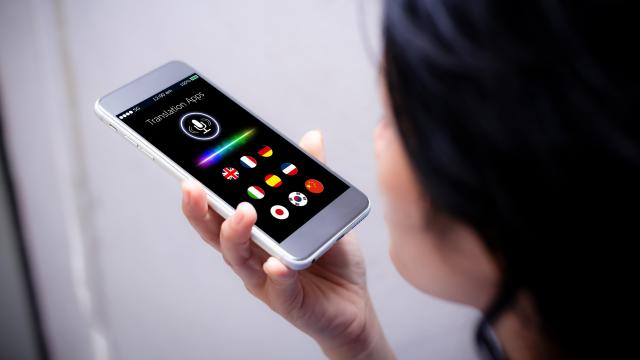When you want to translate something, the easiest option is often a free translation service like Google Translate. But you should avoid pasting sensitive information into free translation services, as your data could end up in the public domain or used for advertising. (Generally, if you have highly sensitive information that you need to translate, you should draw up non-disclosure agreement and hire a translator you can trust.) But if you want to translate some stuff that’s not very sensitive while still protecting your privacy, consider the following privacy-oriented translation services.
Firefox Translations
Mozilla has developed a Firefox add-on called Firefox Translations that automatically translates webpages for you. The service works locally on the client side, which means that your data doesn’t leave your device, and it currently supports Bulgarian, Czech, English, Estonian, German, Italian, Portuguese, and Spanish — so it lacks several languages, but it works well with the ones it supports. Other languages like Farsi, Icelandic, Norwegian, and Russian are in development.
Apple Translate
Apple ships a translation service with your iPhone, iPad, and Mac, and it can translate between Arabic, Chinese (Mandarin), English, French, German, Italian, Japanese, Korean, Portuguese, Russian, and Spanish. It uses Apple’s servers by default, but you can force it to translate everything offline for better privacy.
Vivaldi Translate
Vivaldi Translate is baked into the browser, supports 108 languages — a lot more than Firefox or Apple — and is designed for privacy. You can decide if you want to translate every webpage automatically or to make the browser ask every time if you want a page translated.
Offline translation apps aren’t necessarily better
Using your translation app offline is less than ideal for people who care about privacy, but it’s better than nothing: Your favourite translation services probably have an offline mode, meaning you can use disconnect your devices from the internet and still use their service and your data won’t immediately be sent to some remote server. The disadvantage is that there’s nothing stopping these apps from sending the data to their servers once you’re back online. Apps such as Google Translate and Microsoft Translate offer good offline translation options.
Or you can use a dedicated translator device
If you really need private translation, consider buying a dedicated translator device. For about $US100 ($139) to $US250 ($347), you’ll be able to find good translation devices that provide offline translation support. You can check sites like Amazon for some options, but be sure to pick a model that supports the languages you need, has offline translation support, and doesn’t need to be connected to your smartphone.

Leave a Reply
You must be logged in to post a comment.